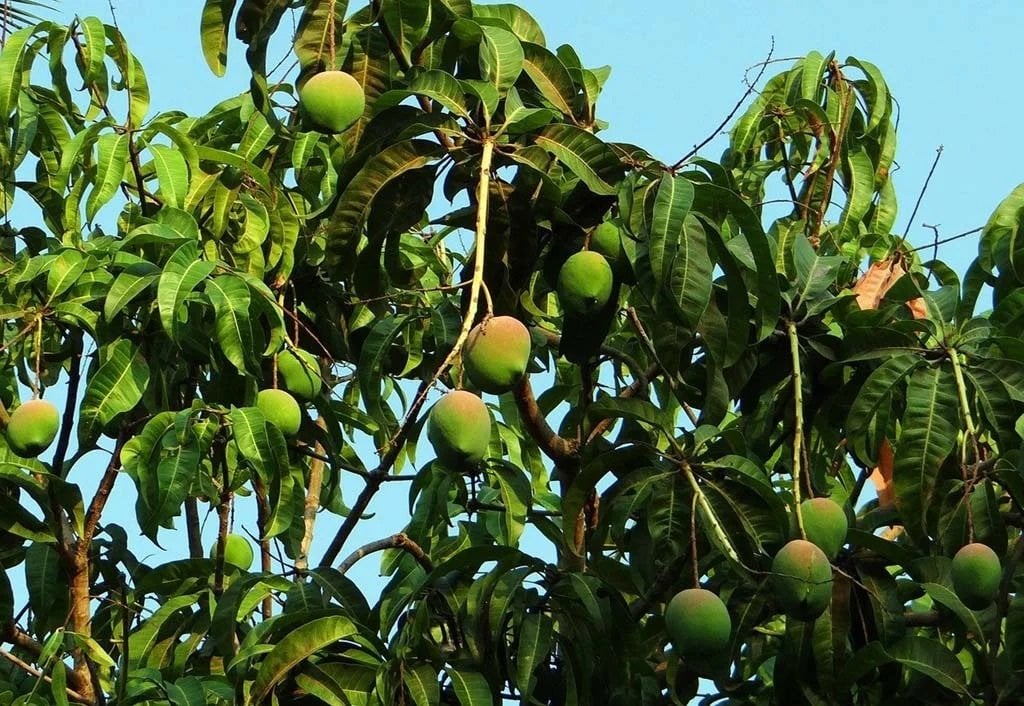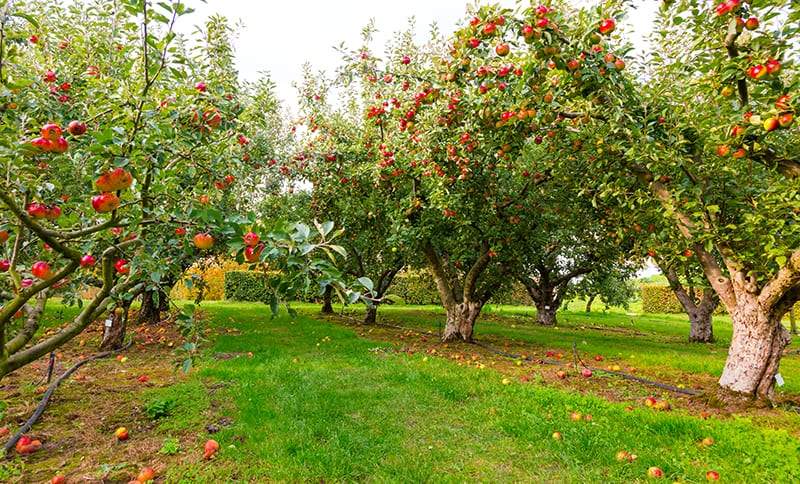- Home >
- Orange Trees Buying & Growing Guide
Orange Trees for Sale - Buying & Growing Guide
Filters
Price Range
Growing Zones
Plant Type
Sunlight
Mature Height
Plant Characteristics
30 Results
-
Growing Zone(s): 3-11 / 9-11$69.95
$83.95Save up to 16% -
Growing Zone(s): 3-11 / 9-11$56.95
-
Growing Zone(s): 3-11 / 9-11$62.95
$83.95Save up to 25% -
Growing Zone(s): 3-11 / 9-11$56.95
$58.95Save up to 3% -
Growing Zone(s): 3-11 / 9-11$119.95
$144.95Save up to 17% -
Growing Zone(s): 3-11 / 9-11$87.95
$119.95Save up to 26% -
Growing Zone(s): 3-11 / 9-11$64.95
$65.95Save up to 1% -
Growing Zone(s): 3-11 / 9-11$109.95
$199.95Save up to 45% -
Growing Zone(s): 3-11 / 9-11$76.95
$99.95Save up to 23% -
Growing Zone(s): 3-11 / 9-11$69.95
$78.95Save up to 11% -
Growing Zone(s): 3-11 / 9-11$169.95
-
Growing Zone(s): 3-11 / 9-11$91.95
$149.95Save up to 38%
How to Grow Orange Trees
How to plant orange trees
Find a spot for your orange tree with six to eight hours of sunlight daily that’s protected from the wind. Spring is the best time to plant your tree. Set standard orange trees about 15 feet apart, and dwarf varieties 8 to 10 feet apart.
Dig a hole as deep as the root ball and twice as wide, and mix some well-rotted compost into the soil in the bottom of the hole. Unwrap or unpot your sapling, and tease out any encircling roots, as they can eventually strangle the tree. Place your tree in the hole and fill in around it with topsoil mixed with compost. The top of the root ball should be slightly above the soil level. Tamp down the soil around the roots to eliminate air pockets.
Water your plant generously, then add a light layer of organic mulch around it, being careful that the mulch doesn’t touch the trunk. Mound up some of the mulch into a low berm near the trunk so that water stays near the roots.
How to achieve maximum results
If you’re thinking about planting an orange tree or two, you might assume you can start one from seed, using oranges from the grocery store. But this isn’t the best way to achieve maximum results. A better plan is to buy a grafted sapling from an established nursery. It will have a rootstock that is disease-resistant and durable, grafted onto a variety that produces a bountiful harvest — so you get the best of both worlds. Seed-grown trees will not live long and tend to be susceptible to multiple diseases and pests.
How to Care for Orange Trees
Watering and nutrients
Your newly-planted orange tree will need about an inch of water several times per week until it’s established. Once you see robust growth, you can taper back watering to once per week, unless you’re getting an inch of rain each seven to 10 days. When your tree starts fruiting, hold back on watering — unless the leaves look wilted — to concentrate the sugars in the fruit.
Begin feeding your orange tree with a balanced fertilizer, preferably one formulated for citrus, a few months after planting. Feed early in the growing season, then continue with light feedings every six weeks through the fall. Keep fertilizer away from the trunk — spread it instead around the tree’s drip line so the roots can access it.
Pollination
Seedless orange varieties are reproduced through grafting, as they cannot naturally set seed. Hybrids are also created in this manner. Other citrus, however, start blooming in late winter. Most types of orange tree are self-pollinating and do not need the assistance of bees or other insects for pollination, although bees are drawn to them and may be seen visiting the white flowers when they are in bloom. The flowers are followed by small green fruits that grow throughout the summer season.
Pruning
Orange trees don’t need a great deal of regular pruning. Assess your tree in the spring and trim away any broken or diseased branches. Cut away those that are too close to the ground, or any that mar the general shape of the tree. There’s no need to thin the fruit, as natural thinning occurs in late spring for most varieties, when the trees drop a number of the tiny green fruits.
Pests, diseases, and animals
Common orange tree pests include aphids, which are a concern only for young trees — they can be blasted off with water from a hose. Asian citrus psyllid is another pest, and is best controlled with organic insecticides.
Diseases of the orange tree include citrus canker, which causes raised lesions on the leaves and for which there is no cure; anthracnose, which can be controlled with a fungicide; and armillaria root rot, which causes leaf wilt and drop. The latter is a hard disease to control, and it’s best to remove affected trees and replant the area with something other than citrus, since it can live on in the soil even after the tree is removed.
Harvesting
Harvest your oranges by cutting them off with clippers or pulling the fruit from the tree. The best way to tell if your fruit is ripe is by tasting one. Oranges do not continue to ripen after they are picked, so time your harvest for when the fruit tastes sweet and juicy.















